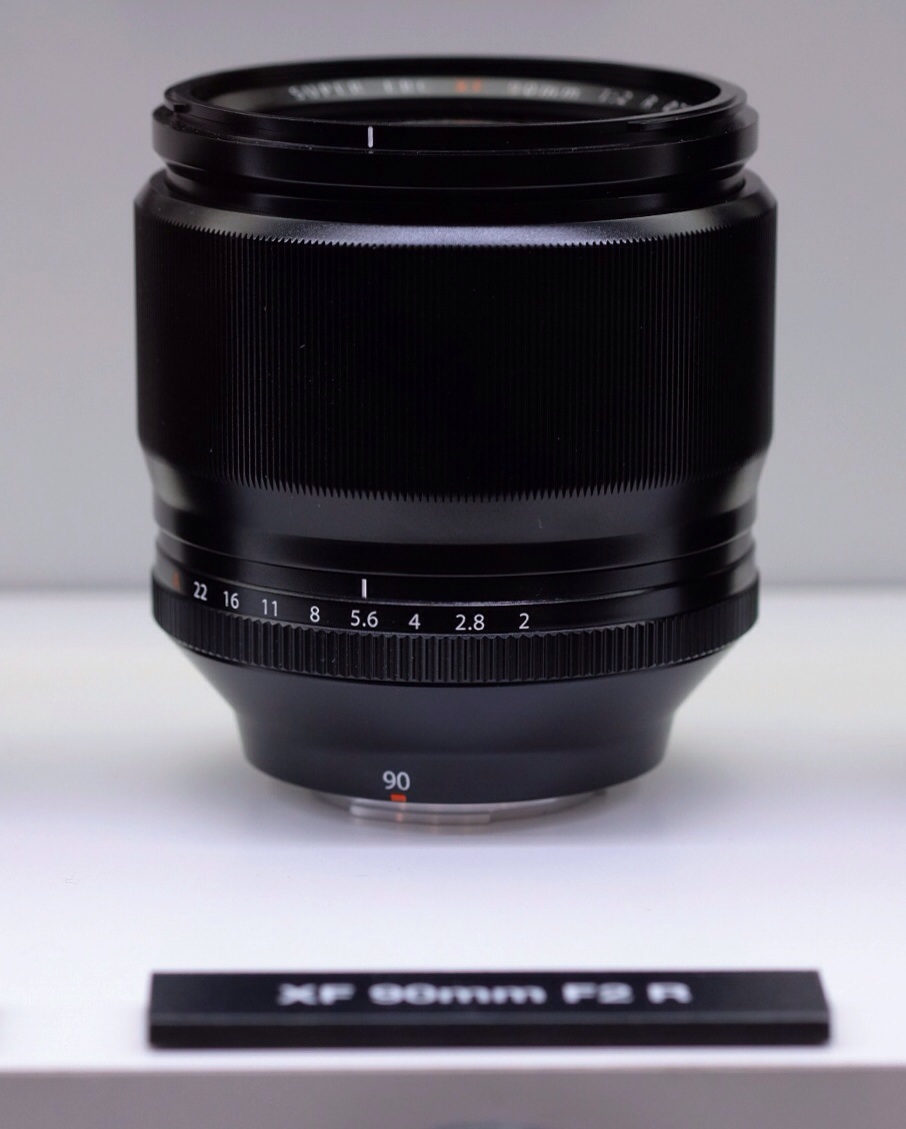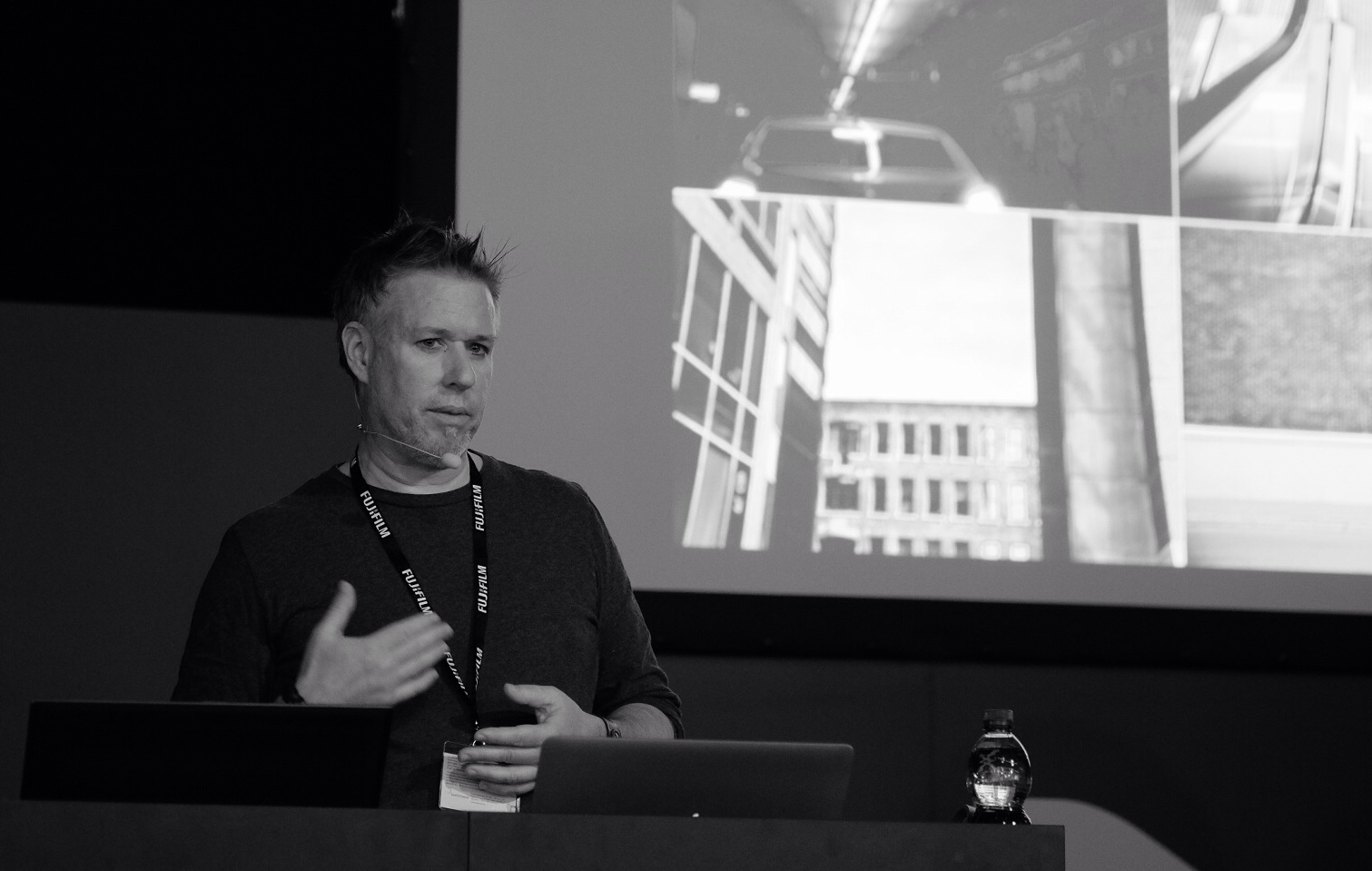Main Features
Electronic shutter, max speed of 1/32,000 second
This is a big one for me. It’s going to be really nice to not have to worry about neutral density filters in order to shoot my faster lenses wide open, even in broad daylight. I might be even more excited by the silent shutter. I’m occasionally conflicted about whether to bring the X-T1 or X100 with me exclusively because that silent leaf shutter on the X100 is so nice. Soon we’ll be able to take ultra covert pics of unsuspecting street subjects (don’t be creepy) without any concern that the shutter will be heard.
Classic Chrome Film Simulation mode
Some people don’t care about this feature. Others are gushing and hash-tagging about it like there’s no tomorrow. One thing’s for sure, I’m looking forward to testing it out for an extended period of time. I did have some time with it in the X30, but not enough to really gauge if it will become my go-to. I’m still finding new uses for the current Film Simulations, the latest being cranking the Shadow Tone to +2 with PRO Neg. Hi. As I’ve mentioned before on this site, it’s nice that Fuji are being so selective with these Film Simulations and not spamming users with endless presets. I guess it helps when your business model isn’t based on selling presets.
Natural Live View
This would have come in really handy just the other day. I was looking to preserve the highlights in my RAFs while shooting landscapes, but I also wanted to capture a Velvia JPEG. The LCD and resulting photo/histogram would show highlight clipping based on the Velvia Film Simulation, and that resulted in me being much to conservative and underexposing a few images. Natural Live View should give us a more accurate idea of how far we can push things when exposing to the right. Great feature.
“Further Improvements”
1. Direct selection of AF Area
“The update will let users select the focus area using the 4-way controller, without pressing the Fn key.”
Lots of users will be excited for this feature. I would guess that RAF shooters in particular who need frequent fast access to their AF point will love this addition. I say RAF shooters because JPEG shooters likely need at least a couple more controls immediately accessible. This is what I was familiar with in my DSLR days, but after trying it out, I miss being able to use the D-pad for quick access to other features. Perhaps once I have more time with it, and I’m able to move the items I want access to into Q menu I’ll give it another try. For now, focus and recompose is fine for quickly grabbing a shot and when things are slower, I have time to tap the AF selection button.
“The function of the AE-L/AF-L button is currently locked, but will be interchangeable, depending on the user’s preference.”
These aren’t buttons I use a whole lot so I can’t say I’m particularly excited about being able to switch them. I probably should have learned to use the AE-L button more given my gripes about how spot metering used to work (more on that below, they fixed it!), but using the AE-L button has always felt somewhat cumbersome for me, and I’m just as happy to go full manual.
When it comes to the AF-L button, Fuji now need to add an option to decouple autofocus from the shutter release so the AF-L button can be used exclusively for acquiring focus, the shutter release button exclusively to release the shutter, without the AF-L button being held. A lot of DSLR owners use their cameras this way, particularly for fast action shooting.
UPDATE: A Fuji vs. Fuji reader wrote in to point out that this can already (mostly) be done.
Menu > Tab #4 > AE/AF-LOCK MODE > set to "AE&AF ON/OFF SWITCH" (default is "ON WHEN PRESSING")
Clearly I need to spend some more time hunting around in the menus. More good, if old news for X-T1 owners, however it still isn’t quite the same as my DSLR days. The difference is in this mode, a second press of the AF-L button doesn’t reacquire focus, rather it merely unlocks the focus, and another press is needed to refocus. It’s debateable whether or not this way of doing it is actually better as I’ve had readers write in to say it is, and others to say it’s not. I’ll leave that for you to decide. For complete decoupling of autofocus from the shutter release, X-T1 owners need to switch to manual focus. More on that in #8.
3. Variable focus area during manual focus
“When working in manual focus mode, the update will enable changing the size of the focus area during Instant AF with the AF-L button.”
A nice addition for manual focus shooters looking to ensure ultra-precise focus on an isolated part of their composition. Again, I can’t say that I struggle with how things are now.
4. Direct selection of Macro mode
“In auto focus mode, the update will enable the Macro function to be turned on or off, without accessing the pop-up menu screen.”
This one is nice. Macro mode is accessible via two quick presses of the Macro button on X-E cameras and the X100(S), but with the advent of user-configurable buttons on the X-T1 and X100T, we lose that functionality. Soon we’ll be able to turn Macro mode on and off with just one button press. This could result in accidental changes to macro mode, but it’s a worthwhile trade-off.
“To make the Q Menu (used for quick access of frequently-used items) even more efficient, the update will allow its items and layout to be changed to the user’s preference.”
The level of customization offered in Fuji’s cameras now is really impressive. This is something I imagine I’ll leave at the defaults for the most part, and supplement with Function buttons. I don’t want my cameras to operate too differently, and I haven’t heard of these changes reaching back to the X-E2 or X100S yet.
What I was really hoping for, and I’m actually astounded we haven’t got yet, is reversible Q Menu operation. In Western countries, turning the dial to the right should increase the settings effect, whereas turning the dial left should decrease it. As it stands, I’m still constantly having to stop and think about which way to turn the dial to get the setting to change the way I want to. It’s probably the most frustrating part about shooting Fuji cameras for me, and it seems like it would be a fairly simple change.
6. New video frame rates:
“As well as the existing 60fps and 30fps selections, 50fps, 25fps and 24fps options will be available with the update. 50fps and 25fps allow video editing in the PAL regions, such as Europe, without converting the frame rate. 24fps offers a cinema-like view.”
Videographers rejoice! Me? I don’t do video much. I rather configure the record button to behave like another Function button.
7. Manual shooting in Video mode:
“The update will enable ISO sensitivity selection prior to shooting videos, as well as the ability to adjust aperture and shutter speed during movie recording.”
Videographers rejoice! Me? I don’t do… wait. Seriously though, I can’t imagine even attempting to shoot much video without these features. It’s great they’ve been added.
8. Phase Detection AF support for Instant AF
“In Instant AF mode, which is operated by pressing the AF-L button during manual focusing, the update will enable Phase Detection AF, providing faster focusing speeds.”
Even more reason for Fuji to add an option for the shutter release to not trigger autofocus, even without the AF-L button pressed.
UPDATE: See update to item #2, but I’m a little unsure about the whole user experience of this as when a lens with a manual focus collar is mounted, the AF-L button doesn’t do a whole heck of a lot. A complete DSLR-style decoupling of AF from the shutter release button while in autofocus would address this.
9. Interlocking of metering and Focus areas
“Users will be able to interlock the AF area position with the metering area when Spot Metering mode is selected.”
Outside of the lightning fast and silent electronic shutter, this is the feature I’m most looking forward too. This is how Nikon does it and how it should be, in my opinion. Having your AF point and spot metering point independent of each other makes absolutely no sense to me.
10. Expansion of shutter speed in Program Shift mode
“In the current Program Shift mode, the slowest-speed setting is 1/4sec, but this will increase to a maximum of 4secs.”
I haven’t shot in P mode in years, but this strikes me as an odd change. P mode is typically used by novices and is great for people who are just starting out in photography. I started there too. If you’re at the stage of capturing exposures that are 4 seconds in length, you’re likely not a novice any longer and should be fairly comfortable in aperture priority, shutter priority or full manual modes. In any event, if you’re the sort of photographer who likes to set everything but ISO to “A,” you’ll now be able to override the camera-chosen shutter speed to as slow as 4 seconds.
Conclusion
This is shaping up to be a nice upgrade. December is going to feel a little like getting a new camera, and for free. This isn’t a reason why I switched to Fujifilm in the first place—I had no idea they had this firmware strategy—but it’s a big reason why I recommend them. No other camera company adds this kind of functionality to a camera. Most expect you to just buy another camera. I wrote above that I pretty much expected we’d see improvements to the X-T1 like this; that doesn’t mean I don’t appreciate it.
Thanks, Fuji.



























